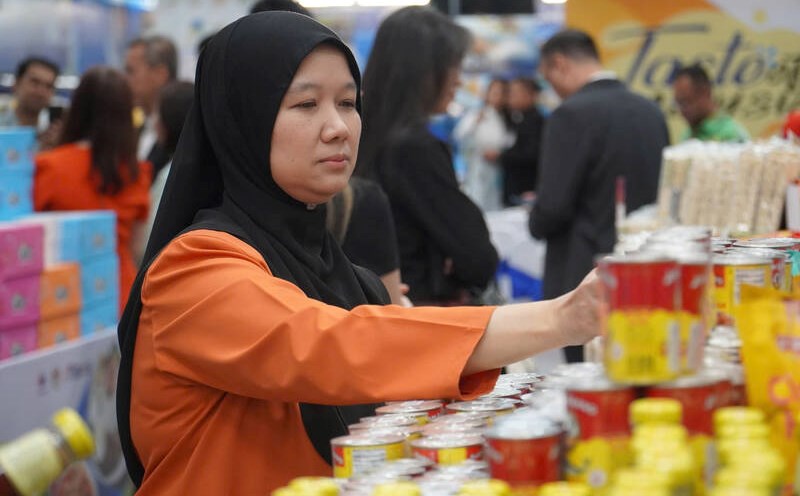Big opportunities, big challenges
Currently, Europe in general and France in particular are potential import markets of Vietnam. Vietnam's interior and exterior decoration, handicrafts, fashion, gifts and lifestyle items still have room for strong growth in this market, which has stable purchasing power, diverse demand and high openness.
According to Ms. Ho Thi Quyen - Deputy Director of the Ho Chi Minh City Investment and Trade Promotion Center, in 2025, Vietnamese enterprises will face many challenges such as tariff tensions between major countries directly affecting exports; new regulations such as ESPR (Ecoskedutical Design Regulations for Sustainable Products) requiring sustainable supply chain certification in the EU and the US, causing compliance costs to increase; international transportation costs to remain high.
In addition, competition from large-scale, low-cost manufacturing countries such as China and India also creates significant pressure. The EU market also poses a series of technical barriers and ESG standards (environment, society, governance).
To maintain and expand their position, Vietnamese enterprises in the field of interior - exterior, handicrafts need to proactively achieve FSC, BSCI, ISO9001 certifications and raw material circulation certifications. Use recycled wood, certified planted wood; apply clean production technology. Focus on creative design, furniture for small spaces to keep up with consumer trends. Participating in trade promotion programs, connecting with major distributors and retailers, especially in Europe.
Vietnamese enterprises need to export their entire identity
According to Ms. Nguyen Dac Boi Quynh - Director of Trade Promotion of Vietnamese Enterprises, French Chamber of Commerce and Industry in Vietnam (CCIFV), consumer trends in Europe are opening up many opportunities. Consumers prioritize unique, environmentally friendly handmade products imbued with cultural identity. Notably, the Millennials generation accounts for 45% of the market share of handicraft sales, while more than 70% of urban consumers favor this product group.
In addition, the demand for personalized, sustainable products, combined with the development of e-commerce, is reshaping the entire market. In 2022, the EU will import more than 1.1 billion USD of handicrafts from Vietnam; the whole industry aims to reach 4 billion USD by 2025.
However, businesses that want to penetrate sustainably must strictly comply with EU standards on origin, wood certification, environmental impact and working conditions. This market also requires designing models 2-3 times a year, creating great opportunities for creative and diverse products.
Ms. Tra Le - Market Development Director of Source of Asia (SOA) - commented that to be successful, Vietnamese enterprises need to not only export products but also "export both identity and culture". The Vietnamese handicraft industry currently creates jobs for about 3 million rural workers, with 5,400 craft villages nationwide. The EU accounts for 25% of the industry's total export turnover.
EU consumers, especially in urban areas, increasingly favor durable, handmade and valuable cultural products; more than 60% of these prefer handmade goods over mass-produced products. The trend of green consumption with products from rattan and bamboo is also developing strongly.
Ms. Tra Le also suggested that Vietnamese enterprises learn from experience from international brands, combine contemporary design with regional heritage such as Alessi (Italy), or apply the strategy of finding sustainable supply sources of Royal Copenhagen (denmark). This will be the key to both meeting international standards and maintaining the mark of Vietnamese culture in the global market.











